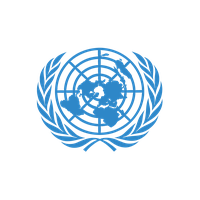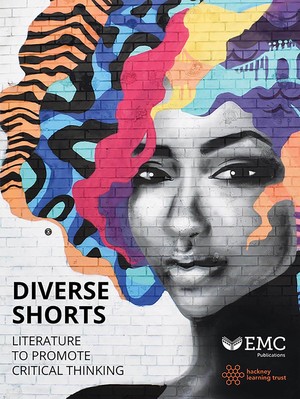
International Day for Tolerance
Taking place on 16th November every year.
Encouraging respect, dialogue and cooperation among different cultures, civilizations and peoples.
About the event
This day was initiated by UNESCO in 1985. It aims to raise awareness about intolerance and the necessity of tolerant societies. As the UN notes, intolerance is still a huge global problem, and teaching tolerance must be consistently reinforced.
It is ‘much more than passively accepting the other. It brings obligations to act, and must be taught, nurtured and defended [...] This means building societies founded on respect for human rights, where fear, distrust and marginalisation are supplanted by pluralism, participation and respect for differences’.
For this day events are held around the world by governments and NGOs right down to community groups.
How to approach it
Tolerance is the acceptance and celebration of difference. From the smallest social group to the largest multinational organisation, difference and disagreement is inevitable. Tolerance is therefore a fundamental value required for good relationships at every level of human interaction. Teaching tolerance is about helping students to accept that there will always be people you disagree with or see the world in a very different way. You could run through some examples of when this may occur. Religious and political beliefs are a good example, as are different cultural groups or different nationalities. Ultimately aim to show here that having a diversity of opinion and viewpoint is better in general. It helps us see the world in different ways, solve problems creatively and develop a welcoming, mutually beneficial environment.
Another key thing to focus on here, particularly for older students is this: although tolerance is essential, it must also be limited. This is because there are things that people and groups do that are intolerable or harmful. For example, we do not have to tolerate those who willfully pollute the environment, nor those who believe in racist ideologies. The question then is this: what are the limits of tolerance? Often this problem occurs when people are being intolerant themselves. Confusingly, in these instances, we cannot tolerate intolerance. Create an open discussion with your class about this. Ask: which opinions, viewpoints, and actions can we tolerate and which ones can we not?
Organised by
United Nations

Conversation starter
Tolerance is the acceptance and celebration of difference. Why is it better when we can peacefully coexist with those we disagree with? What does a tolerant community look like?




